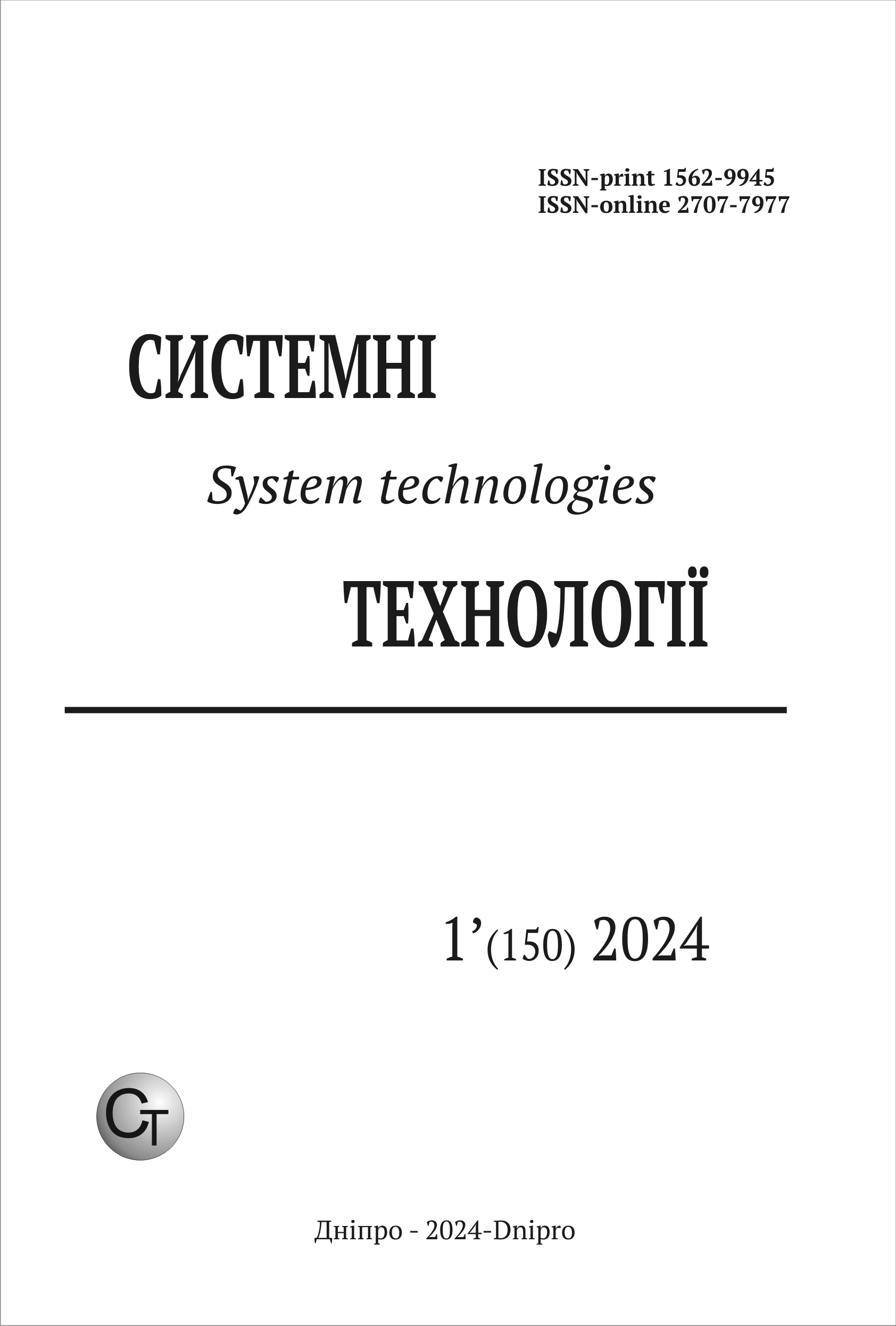ЕНЕРГОСПОЖИВАННЯ ШКОЛИ В УМОВАХ НЕПОВНОЇ ЗАЙНЯТОСТІ ДЛЯ РІЗНИХ РЕЖИМІВ ОПАЛЕННЯ ПРИМІЩЕНЬ
DOI:
https://doi.org/10.34185/1562-9945-1-150-2024-17Ключові слова:
споживання теплової енергії, енергетичне моделювання будівель, теплова ізоляція будівель.Анотація
У статті розглядається актуальна проблема зниження енергоспоживання в українських школах. Дослідження фокусується на енергоефективному використанні шкільних просторів в умовах неповної зайнятості приміщень. Методи аналізу включа-ють енергетичне моделювання в DesignBuilder. Основні результати показують, що розміщення класних кімнат одна-над-одною забезпечує найвищу енергоефективність, на 22,3% вищу порівняно з іншими конфігураціями. Також виявлено, що без модернізації опалювальної системи неможливо забезпечити комфортні умови у холодні періоди. Результати цієї роботи важливі для розробки стратегій управління шкільними просторами в умовах неповної зайнятості приміщень.
Посилання
The number of Ukrainians and their migration abroad due to the war — a study by the Civil Network OPORA [Electronic resource] www.oporaua.org/viyna/kilkist-ukrayintsiv-ta-yikh-migratsiia-za-kordon-cherez-viinu-doslidzhennia-gromadianskoyi- merezhi-opora-24791
Energy efficiency of intermittent modes of heating of buildings with different thermophysi-cal characteristics of enclosing structures / O.V. Deshko, I.Yu. Bilous, N.A. Buyak, O.V. Petruchenko // Bulletin of NTUU "KPI". Series: Mechanical engineering. – 2021. – No. 2. – pp. 32-41.
Bilous I.Yu., Deshko V.I., Buyak N.A., Petruchenko O.V. Analysis of the influence of en-ergy-efficient heating modes on the energy consumption of buildings based on mathematical modeling. Scientific magazine "Energy: economy, technologies, ecology". 2021. No. 4. pp. 32-42
Energy-saving modes of operation of heating and ventilation systems of greenhouses / O.I. Kepko, O.V. Kuzmin, O.V. Kuzmina, O.V. Lysenko // Scientific Bulletin of the National Technical University of Ukraine. 2021. No. 2. P. 15. (https://dspace.nuft.edu.ua/server/api/core/bitstreams/615ad6c7-85de-480d-99eb-d4fa4faa00be/content)
Belikov A.S., Zheleznyakov E.O. On the issue of ensuring microclimate conditions and safety of operation of heat supply systems in case of emergency shutdowns of heat supply. Ukrainian Journal of Construction and Architecture, No. 5 (017),
pp. 96-102
V. I. Deshko, I. Yu. Bilous, N. A. Buyak, A. O. Sapunov. Increasing the level of efficiency of energy consumption in a kindergarten and its effect on the level of thermal comfort. Tech-nologies and engineering. - 2023. - No. 2 (13). - pp. 27-35.
V.I. Deshko, N.A. Buyak, I.Yu. Bilous. Selection of thermal protection and heat source, taking into account comfortable conditions in the building. Bulletin of the Kyiv National Uni-versity of Technology and Design. Series "Technical Sciences". - 2015. - No. 5 (90). - pp. 71-80.
V.I. Deshko, I.Yu. Bilous, V.O. Vynoradov-Saltykov, I.O. Sukhodub, O.I. Yatsenko. Ex-perimental study of air quality and air exchange in educational institutions and residential buildings. Bulletin of the Kyiv National University of Technology and Design. Series Techni-cal sciences. - 2020. - No. 4 (148). - P. 25-37.
Assessment of the decentralized level of natural air exchange taking into account the vari-ability of internal and external conditions: master's thesis. : 144 Thermal energy / Hanna Oleksandrivna Hetmanchuk. - Kyiv, 2020. - 103 p.
I.I. Kuznetsov. Computer system for determination of indoor air quality: bachelor's di-ploma thesis on specialty 123 Computer engineering / I. I. Kuznetsov; of science driver D. V. Statsenko. - Kyiv: KNUTD, 2023. - 66 p.
DBN V.2.6-31:2016. Structures of buildings and structures. Thermal insulation of build-ings. Ministry of Regional Development, Construction and Housing and Communal Services of Ukraine, 2017. 12 p.
DBN V.2.6-31:2021. Thermal insulation of buildings. Ministry of Development of Com-munities and Territories of Ukraine, 2022. 7 p.
DesignBuilder official website [Electronic resource] https://designbuilder.co.uk/
American Society of Heating, Refrigerating and Air-Conditioning Engineers (ASHRAE), Inc., Atlanta, GA, USA [Electronic resource] http://ashrae.whiteboxtechnologies.com/home
Information on the implementation of state supervision in educational institutions regard-ing compliance with the temperature regime during the heating season. State Service of Ukraine for Food Safety and Consumer Protection, December 18, 2018.
Завантаження
Опубліковано
Номер
Розділ
Ліцензія
Авторське право (c) 2024 Системні технології

Ця робота ліцензується відповідно до ліцензії Creative Commons Attribution 4.0 International License.















